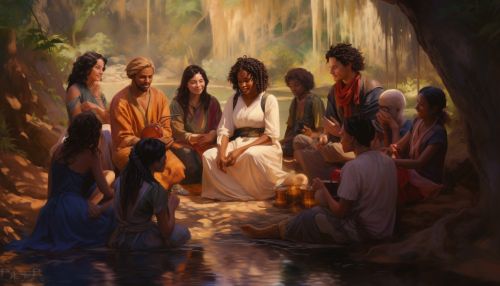Storytelling
Origins of Storytelling
Storytelling is an ancient practice, with its roots in the oral traditions of early human societies. The earliest forms of storytelling were likely a combination of gestures, expressions, and words, used to convey tales of hunting exploits, supernatural beings, and tribal history. These stories served not only as entertainment, but also as a means of education and cultural preservation. Oral traditions were the primary means of passing down knowledge and wisdom from one generation to the next before the advent of written language.
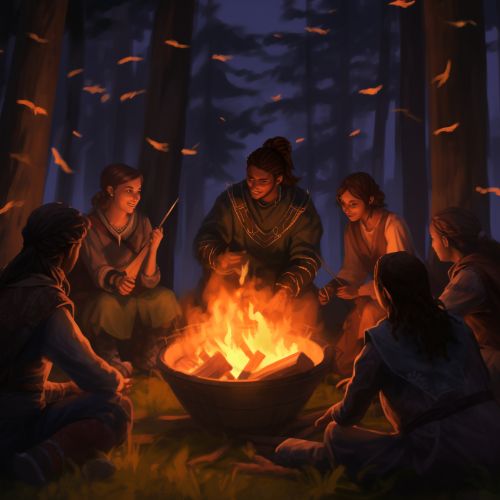
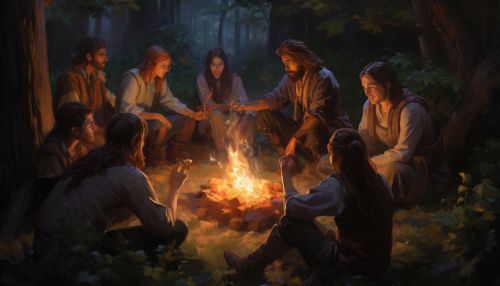
The Art of Storytelling
Storytelling is an art form that requires skill and creativity. It involves the use of narrative techniques such as plot development, character creation, and thematic exploration. The storyteller must also be adept at using language to evoke images and emotions in the listener's mind. The use of metaphors, similes, and other figurative language can enhance the narrative and make the story more engaging.
Storytelling in Literature
Storytelling is a fundamental aspect of literature. From ancient epics like the Epic of Gilgamesh and Homer's Iliad and Odyssey, to modern novels, short stories, and plays, narrative is a key component of literary works. In literature, storytelling often involves complex plot structures, well-developed characters, and exploration of themes such as love, conflict, and identity.


Storytelling in Film and Television
The advent of film and television has provided new mediums for storytelling. These visual forms of narrative allow for the use of cinematic techniques such as camera angles, lighting, and editing to enhance the storytelling process. In addition, the use of sound and music can add another layer of depth to the narrative. Popular genres in film and television, such as drama, comedy, and science fiction, all utilize storytelling in unique ways.


Digital Storytelling
With the rise of digital technology, storytelling has evolved to include new forms such as interactive narratives, video games, and virtual reality experiences. Digital storytelling often involves the use of multimedia elements such as graphics, sound, and animation. It also allows for more interactive forms of narrative, where the audience can influence the direction of the story.
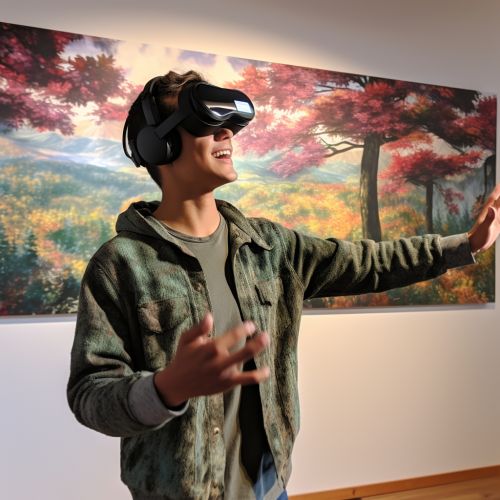
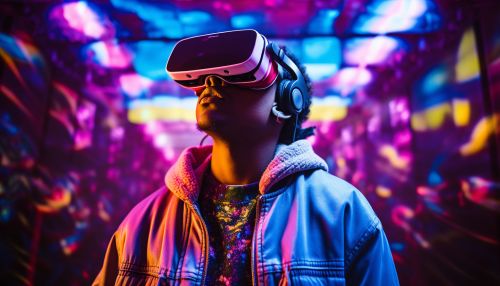
The Role of Storytelling in Society
Storytelling plays a crucial role in society. It is a means of entertainment, education, cultural preservation, and instilling moral values. Through stories, societies can pass on their history, traditions, and values to future generations. Storytelling can also foster empathy and understanding by allowing individuals to experience different perspectives and realities.

